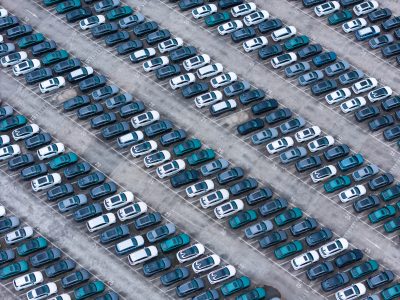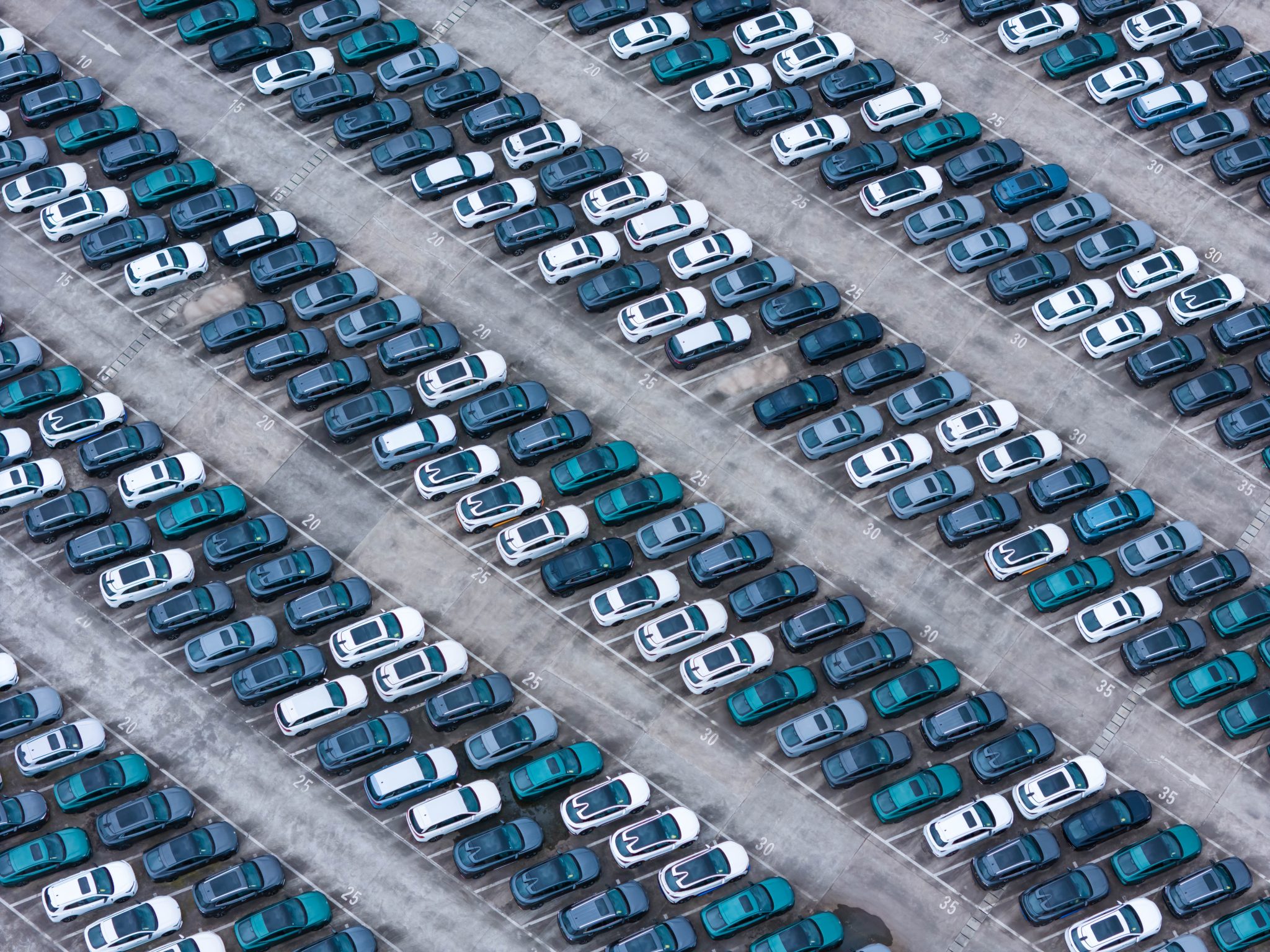beijingwalker
ELITE MEMBER

- Joined
- Nov 4, 2011
- Messages
- 65,187
- Reaction score
- -55
- Country
- Location
China’s electric vehicle surge will shock global markets
21 November 2023Author: Gary Clyde Hufbauer, PIIE
The transition to electric vehicles (EVs) promises massive dislocation. Conventional cars have twice as many parts as electric vehicles, translating into far fewer assembly hours. Striking for wages and security against Detroit’s ‘Big Three’ car manufacturers, the United Auto Workers trade union claims that the transition endangers 35,000 jobs among its 150,000 members.

Meanwhile, upstart firms, exemplified by Tesla, Rivian and SK On, are hiring non-union workers from outside the established industry, while Ford and its counterparts are building EV and battery plants in right-to-work states outside the United Auto Workers’ purview. On top of these disruptions comes the threat of new competition from Chinese automakers.
The US government wants two-thirds of new cars sold in 2032 to be electric. The European Union is even more ambitious, wanting all new cars sold to be electric from 2035. But neither want to import EVs from China. Yet with generous subsidies, abundant engineering talent, a flair for innovation, a huge domestic market and public support for decarbonisation, China has become the dominant producer of low cost EVs.
In 2022, China produced almost 60 per cent of the world’s EVs — both battery electric vehicles and plug-in hybrid vehicles. In 2023, production it expected to reach 8 million units, or 25 per cent of all cars sold in China compared with 22 per cent in the European Union, just 6 per cent in the United States, and a measly 3 per cent in Japan. Chinese firms also offer 90 different EV brands at prices ranging from US$5000–90,000. The average EV in China cost around €32,000 (US$53,800)in 2022, compared to an average of €56,000 (US$94,100)in Europe.
While imports from China accounted for only 3 per cent of Europe’s EV sales in 2022, UBS expects this figure to reach 20 per cent by 2030. The European Union objects to generous Chinese subsidies for its EV firms and EU Trade Commissioner Valdis Dombrovskis is actively encouraging China to produce EVs for domestic consumption, not exports. In response, China has assailed the protectionist EU policy direction. Whether Dombrovskis would welcome a Chinese EV factory in Europe is unknown, but if so that would contrast with the probable US reaction.
If other countries had no auto industries and if China did not pose a military threat, everyone would welcome cheap Chinese EVs. But in the world as we know it, Chinese EVs are more of a burden than a blessing. This is because large-scale exports put millions of jobs at risk and other countries fear China hovering over the geopolitical landscape.
Globally, the auto industry employs some 14 million workers who manufacture US$3 trillion worth of vehicles annually. The European Union’s industry employs about 2.5 million workers, while the United States, Mexico and Japan each employ about 1 million workers. Jobs outside China are evidently under threat, though China’s own 4 million auto workers are also at risk of losing their jobs.
In 2022, global car exports were worth US$780 billion, more than a quarter of world production. The European Union led the export parade with US$407 billion, followed by Japan with US$87 billion, the United States at US$58 billion, South Korea at US$52 billion and Mexico with US$47 billion. China was ranked in 6th place with US$45 billion worth of exports — roughly 40 per cent of which were Teslas. Still, Chinese exports grew more than 80 per cent in 2022, and that’s just the beginning.
Looking back in time, Western auto firms fear that China could repeat the process by which it became the dominant force in the world steel industry. During Mao Tse Tung’s regime, small backyard furnaces were a bad joke. But Deng Xiaoping’s embrace of market economics, coupled with heavy subsidies, enabled China’s great leap forward in steel production. In 2021, China crushed all its rivals in steel production with 1.03 billion tons of output — a substantial 60 per cent of the world total 1.82 billion tons. The European Union was a distant second with 153 million tons, followed by India with 118 million tons, Japan with 96 million tons and the United States with 86 million tons.
Currently, US auto tariffs are only 2.5 per cent (with the exception of a longstanding 25 per cent tariff on pickup trucks). But former president Donald Trump imposed an additional 25 per cent punitive tariff on all Chinese cars, which has been extended by Joe Biden. EU car tariffs are 10 per cent and Japan’s are zero. Idiosyncratic regulatory standards and vehicle taxes that vary with engine displacement are additional barriers to trade.
Since China’s own tariffs on auto imports range between 15 per cent and 25 per cent, Carlos Tavares, the CEO of Euro-American automaker Stellantis, called for Europe to impose reciprocal tariffs on auto imports from China.
Many countries in the Global South will welcome less expensive Chinese EV brands. But to slow Chinese EV dominance, advanced countries are almost certain to raise existing barriers or impose quotas that limit the Chinese share of the market. EVs could well exemplify the fragmentation of world trade.

China’s electric vehicle surge will shock global markets | East Asia Forum
Western labour markets and automotive firms are feeling threatened by China’s pivotal role in transition to electric vehicles.
 www.eastasiaforum.org
www.eastasiaforum.org


